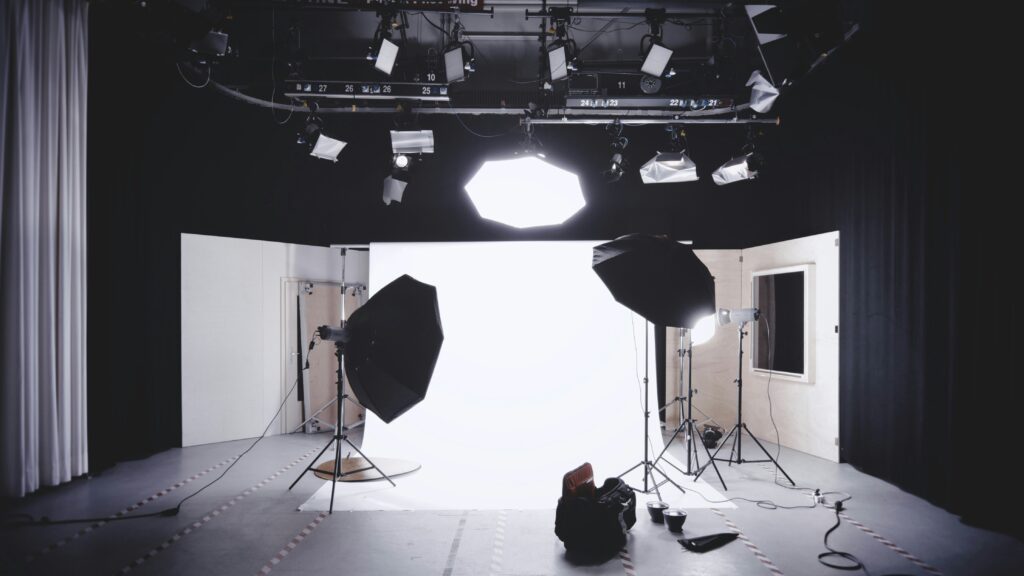In today’s digital age, visual literacy has become increasingly important. As educators seek innovative ways to engage students and enhance their learning experiences, services like the unique essay writing service EssayService.com can complement these efforts. Photography, for instance, has emerged as a powerful tool. It allows students to capture and document their world and fosters creativity, critical thinking, and technical skills that can benefit them across various disciplines. This article explores how integrating photography into education can significantly boost student learning outcomes and prepare them for a visually-driven future.

Visual Learning’s Impact
The human brain is wired to process visual information efficiently. This natural inclination makes photography an excellent medium for learning and knowledge retention.
When students engage in photography, they become keen observers of their surroundings. This visual exploration sharpens their attention to detail and encourages a more thoughtful examination of the world around them. Students develop a more discerning eye as they consider elements like composition, lighting, and subject matter.
Photography also serves as a bridge between theoretical concepts and real-world applications. In science courses, for instance, students can use photography to document experiments or natural phenomena, reinforcing abstract ideas with tangible visual evidence.
Key Skills Developed Through Photography
Learning photography encompasses a range of valuable skills applicable to many aspects of life and various career paths:
1. Technical Proficiency
Mastering photography requires students to grasp various technical elements, including:
- Camera settings and operation
- Lighting techniques
- Principles of composition
- Post-processing software
These skills extend beyond photography, applying to other technology-driven fields and fostering overall digital literacy.
2. Artistic Expression
Photography offers students a unique creative outlet. By exploring various photographic styles and techniques, learners can develop their individual artistic voice. This form of expression can be particularly beneficial for students who may find traditional methods challenging.
3. Analytical Thinking and Problem-Solving
Photography often presents challenges that require quick thinking and creative solutions. Students learn to adapt to changing conditions, find optimal perspectives, and troubleshoot technical issues, honing their problem-solving abilities in the process.
4. Visual Communication
Photography is a powerful form of non-verbal communication. Students learn to convey messages, emotions, and narratives through their images, developing a skill that’s increasingly valuable in our globalized, visually-oriented world.
5. Project Management
Successful photography often requires careful planning and organization. Students learn to manage their time effectively, plan shoots, and coordinate various elements to achieve their desired results. These project management skills are widely applicable in academic and professional settings.
Integrating Photography into Education
To harness photography’s educational potential, schools and educators can consider the following approaches:
1. Interdisciplinary Projects
Incorporate photography into various subjects:
- History students could recreate historical scenes or document local landmarks.
- Literature classes might visually interpret themes or characters from books.
- Math courses could explore geometry through architectural photography.
2. Photography Clubs and Workshops
Establish extracurricular photography groups where students can deepen their skills. Invite guest speakers, including local photographers or industry professionals like Harrison Funk, to share insights and experiences.
3. School Event Documentation
Involve students in photographing school events, sports games, and performances. This provides hands-on experience while creating a visual archive of school life.
4. Community-Focused Projects
Encourage students to use photography to explore local communities. This approach can foster civic engagement and deepen understanding of social issues through a visual lens.
5. Digital Exhibitions
Showcase student work through online galleries. This can be facilitated through the school’s website or specialized platforms offering unique creative work display services.
Conclusion
Integrating photography into education offers numerous benefits for students. It enhances visual literacy, fosters creativity, builds technical skills, and develops critical thinking abilities. These competencies extend far beyond photography, proving valuable in many academic and professional contexts. Drawing inspiration from famous celebrity photographers, students can appreciate the impact of visual storytelling and aspire to develop a keen eye for detail and artistic expression.
As we progress further into a visually-driven era, the ability to create, interpret, and communicate through images becomes increasingly crucial. By embracing photography as an educational tool, we equip students with skills essential for success in the 21st century. Educators and institutions that recognize photography’s educational potential are preparing students for a future where visual communication is paramount. As we move forward, continued exploration and expansion of photography’s role in education will help students capture knowledge through their unique visual perspectives.
References
- Eisner, E. W. (2002). The Arts and the Creation of Mind. Yale University Press.
- Froehlich, D. E. (2018). Non-technological learning environments in a technological world: Flipping comes to the aid. Open Learning: The Journal of Open, Distance and e-Learning, 33(1), 11-22.
- Kędra, J. (2018). What does it mean to be visually literate? Examination of visual literacy definitions in a context of higher education. Journal of Visual Literacy, 37(2), 67-84.
- Maina, F. (2004). Authentic learning: Perspectives from contemporary educators. Journal of Authentic Learning, 1(1), 1-8.
- Metros, S. E. (2008). The educator’s role in preparing visually literate learners. Theory into practice, 47(2), 102-109.
- Photodigilab. (2023). The Importance of Photography Education in Schools. Retrieved from [URL]
- Smith, C. M., & Soghoian, S. (2011). The Role of Photographs and Visual Images in Learning. The Scholarship of Teaching and Learning in Higher Education, 7, 1-20.
